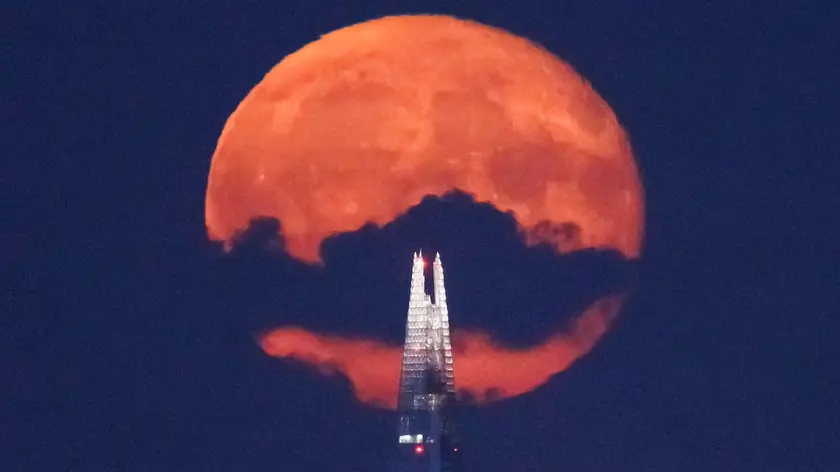T4K3.news
Sturgeon Moon and Perseids visible together in UK
UK skywatchers may see a rare double display as the Sturgeon Moon rises this weekend and the Perseids peak.

An overlap of the Sturgeon Moon with the Perseids offers a rare weekend display for sky watchers in the UK.
Moon and Meteor Show Brightens UK Skies This Weekend
UK sky watchers may witness a rare pairing of the Sturgeon Moon with the peak of the Perseids meteor shower this weekend. The Sturgeon Moon is due to rise after 9pm BST on Saturday and again on Sunday, visible from the southeast before moving toward the west-southwest as dawn approaches. The Perseids are one of the year’s most active showers and could produce up to 100 meteors per hour at their peak, though the bright Moon will wash out fainter trails. Meteors are usually best seen in the pre-dawn hours, with guidance suggesting activity from around 10pm and peaking after midnight. A planetary parade is also expected on the morning of August 18, with Mercury, Venus, Jupiter, the Moon and Uranus lined up in the eastern sky and Saturn and Neptune visible to the southwest. Including the Moon, seven Solar System bodies will be above the horizon at once, with Mars absent from the lineup.
Observers are advised to seek a dark location, give their eyes time to adjust, and use astronomy apps to locate the radiant in Perseus. While the Moon makes the sky bright, its glare can reduce the visibility of dim meteors; still, the brightest shooting stars should be visible for those who stay up late.
Key Takeaways
"Two sky shows in one night if the clouds cooperate"
tweetable emphasis on the event's dual display
"Moonlight guides the show while streaks race the clock"
reflection on observing conditions
"Look up and let the night teach a little patience"
call to mindful stargazing
"Seven planets visible at once adds to the weekend spectacle"
informational note on planetary alignment
This weekend’s celestial pairing highlights how sky watching remains a social and educational moment. The Sturgeon Moon’s early rise combined with the Perseids’ peak draws families, students and amateur astronomers outside, turning a routine night into a shared experience. Yet the event also underscores a persistent challenge: light pollution and a bright Moon can dampen the display for many urban observers. The occasion offers a chance to reconnect people with science in a clear, tangible way.
Looking ahead, organizers should be mindful of weather and visibility conditions, and local communities could leverage these events to promote science education and outdoor recreation. The weekend invites curiosity, not certainty, and that balance is part of what makes stargazing enduringly appealing.
Highlights
- Two sky shows in one night if the clouds cooperate
- Moonlight guides the show while streaks race the clock
- Look up and let the night teach a little patience
- A free cosmic concert for all who look up
Whether you chase the streaks or simply enjoy the glow, the weekend offers a moment to look up and wonder.
Enjoyed this? Let your friends know!
Related News
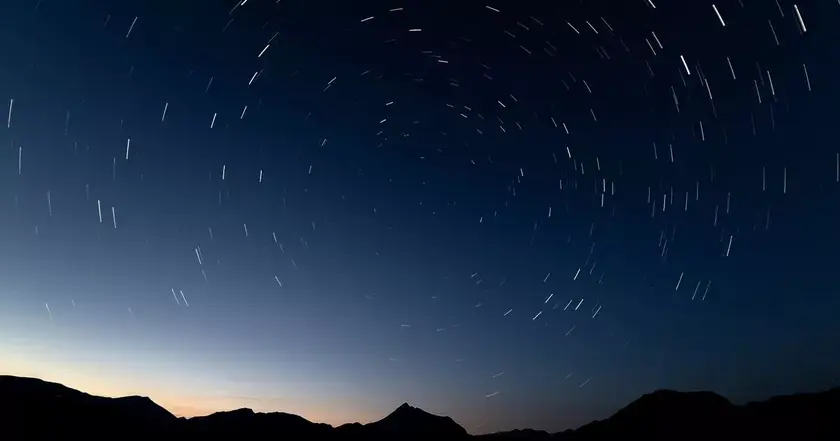
Double meteor shower peaks tonight in the UK
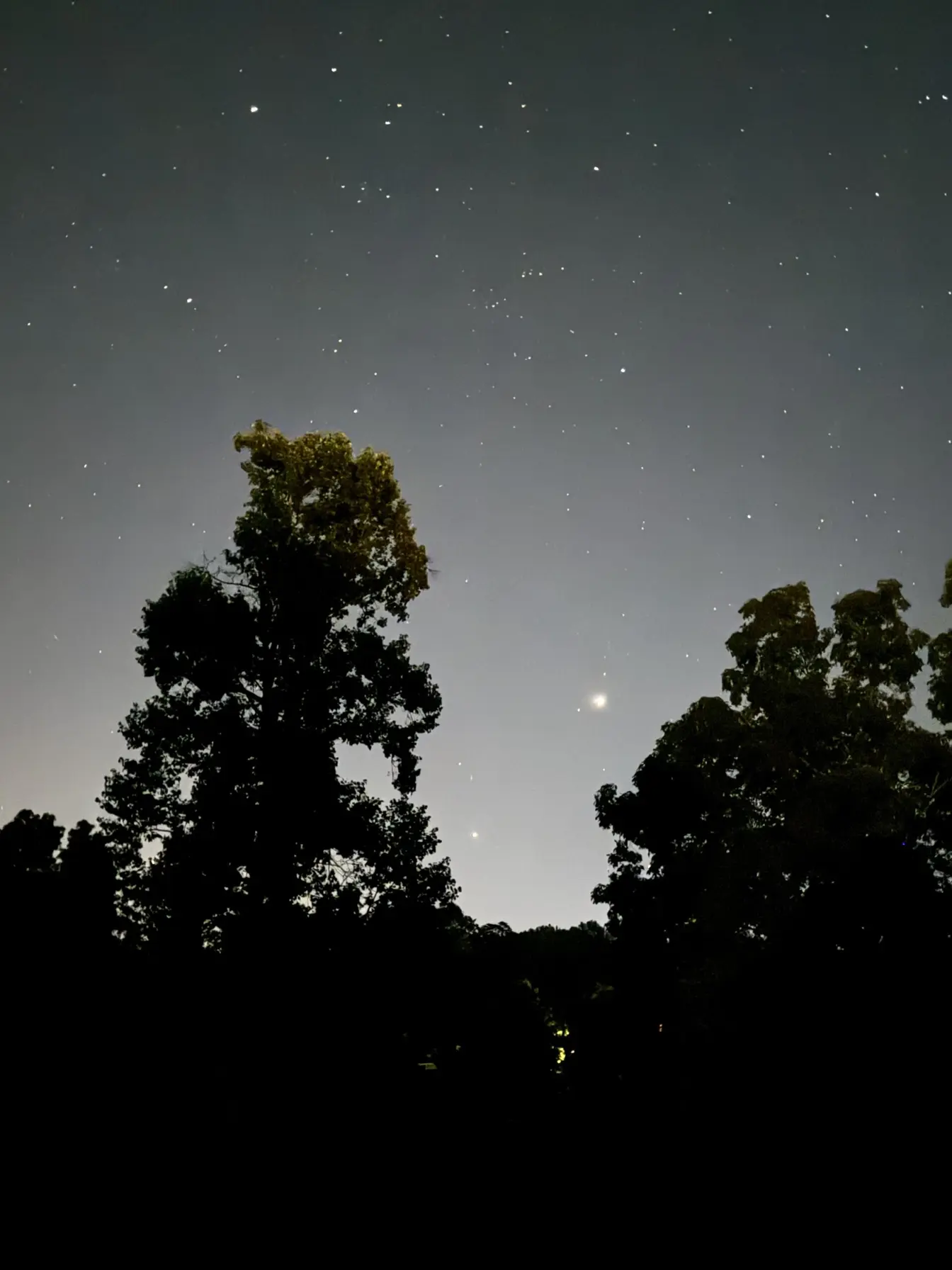
Sturgeon Moon Shines in August Sky
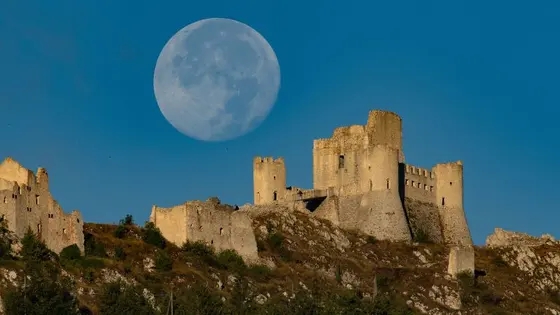
August full sturgeon moon peaks this weekend
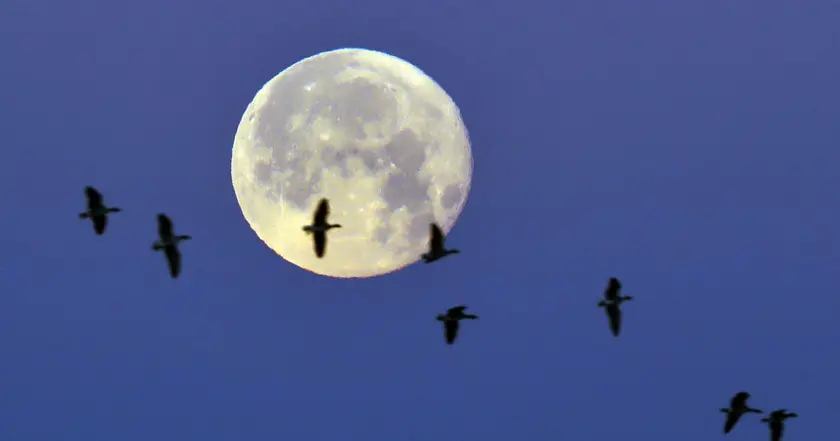
Sturgeon Moon and meteor shower peak this weekend
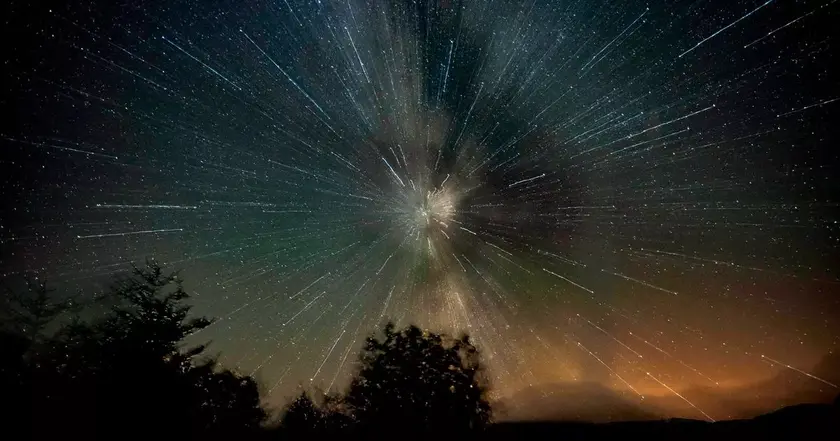
Upcoming meteor showers expected this month

Venus and Jupiter align during Perseid meteor shower

Perseids peak shadowed by full Moon
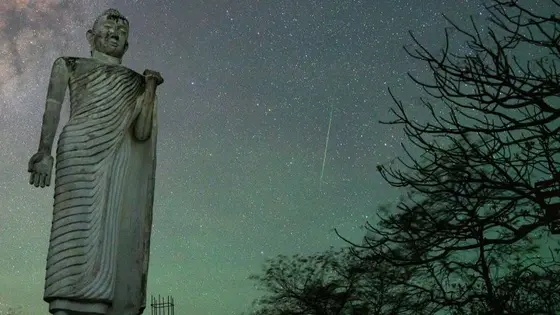
Alpha Capricornids and Southern Delta Aquariids peak this week
